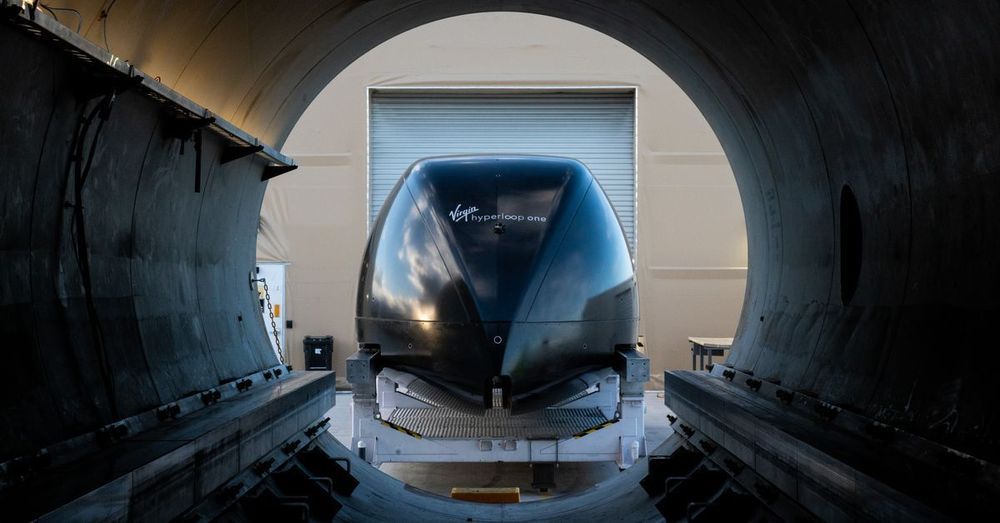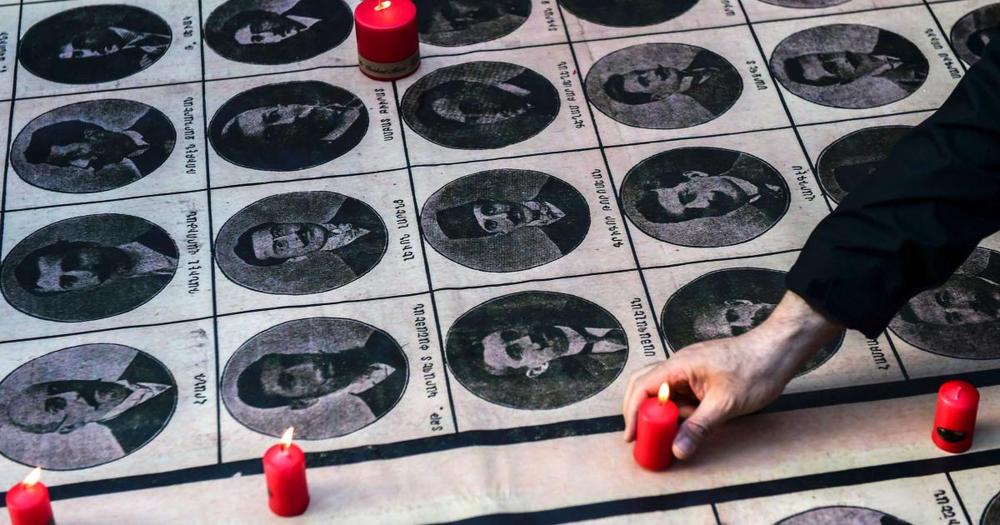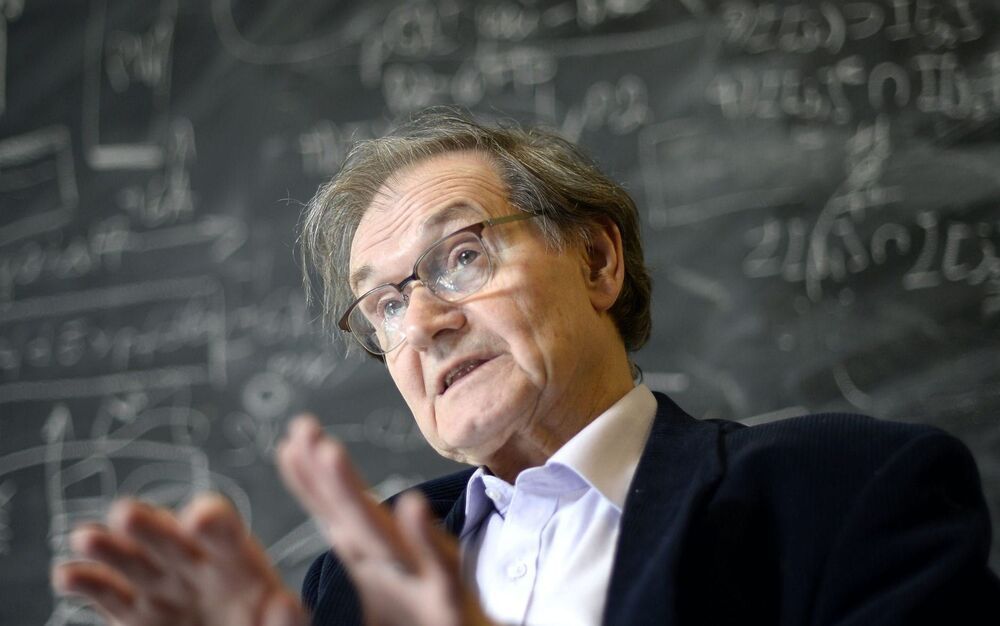The state’s department of forestry is warning Virginians not to touch these caterpillars. Contact with the insects’ hairs causes a painful reaction.



You’ll be surprised by how much your language shapes your perspective.
Watch Lera Boroditsky’s full TED Talk here: http://bit.ly/2J6QI3H.

This eBike has the longest range ever – 245 miles on one charge.
Learn more 👉🏻 https://bit.ly/35Xl1ox.

There’s an art to being a performer whose face will never be seen.


Armenians face the risk of ethnic cleansing after the eruption of clashes with Azerbaijan and Turkey, two countries with a long history of aggression against them, Israel-based political analyst Uzay Bulut said on Tuesday.
The fighting started between Armenia and Azerbaijan on Sept. 27, marking the biggest escalation in a decades-old conflict over Nagorno-Karabakh, also known as Artsakh. Armenian officials allege that Turkey is involved in the conflict on the side of Baku and is sending mercenaries from Syria to the region.
“Through these assaults, Azerbaijan and Turkey are once again endangering the existence of Artsakh and the survival of Armenia,” Bulut said.

Circa 2015
First we kick them, then we give them the tools they need to destroy all of humanity. Good job, us.
Scientists in China have invented a liquid metal that can shape-shift and propel itself around a course all by itself.
Made from a metal alloy containing mostly gallium — a metal that melts down to liquid form at just below 30 degrees Celsius — the world’s “first self-fuelled liquid metal motor” can get about an hour’s worth of movement out of a single flake of aluminium.
GMC is going straight for Tesla’s electric performance crown, it seems.